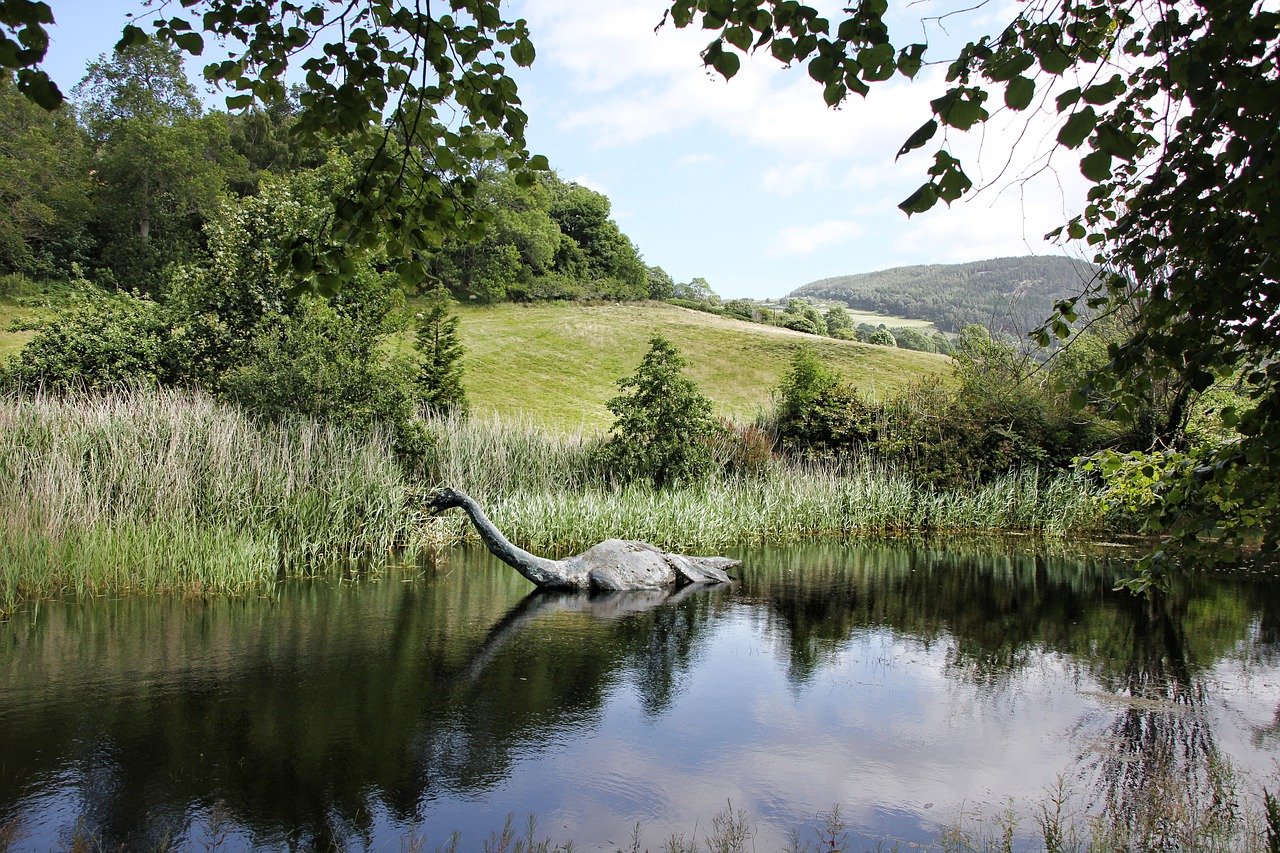Even in our modern age of the 21st century, the mystery of the Loch Ness Monster continues to captivate. No matter how many times the experts deny its existence, the Loch Ness Monster still manages to capture the public’s imagination. So much so, there have been numerous movies and television featuring it. Now, that’s no myth, you can count on that being one of the true blue Loch Ness Monster facts!
Some of the best Loch Ness Monster movies are well-known and may be found in a variety of styles. A few are horror flicks, while others are family films. One is titled, “The Water Horse: Legend of the Deep”. This movie is a family-friendly story about a boy who finds a mysterious egg. One of the scarier ones is “Beneath Loch Ness,” a 2002 thriller film directed by Chuck Comisky. Though there are several versions of the legend, most involve mention of a dragon or dinosaur-like creature in the water or in a nearby neighborhood.
One of the first Loch Ness sightings happened on May 2, 1933. Part-time journalist Alex Campbell identified the possibility of a monster in the loch. Months later, on August 4, 1933, a certain George Spicer and his wife saw a creature that looked like a dragon waddling across the road. It had an animal in its mouth. From then on, more than 1,000 sightings of the Loch Ness “monster” have been reported, spawning a slew of theories. Some say the loch is home to a prehistoric treasure, while others think it’s merely a log or a boat wake.
Truth? Or fiction? Whatever you may believe, if you’d like to learn more about this mystery of the deep, go and check out our list of 40 Loch Ness Monster Facts below.
- 01The lake of Loch Ness lies in the Scottish Highlands, about 37 kilometers southwest of Inverness.
- 02It is named after the River Ness, which flows from the loch’s North end.
- 03The River Oich to the south connects Loch Ness to Loch Oich.
- 04At its deepest point, the lake goes down to a depth of 230 meters.
- 05Loch Ness has the most water out of any body of water in the British Isles.
Descriptions of the monster surprisingly stay uniform between the people who claimed to have seen it.
The oldest published descriptions of the monster all compare it to the dragons of myth and legend. More recent ones add more details, such as the monster having a long neck, and a large body with one or more humps on its back. Since the monster usually stays in the water, it doesn’t get described with a tail. The rare sightings of the monster out of the water, though, tend to describe it as having a tail, along with webbed feet.
The Surgeon’s Photograph makes up the most famous picture of the Loch Ness Monster.
It takes its name from the picture taker, Robert Wilson, a surgeon from London who took the picture in 1934. He supposedly saw the monster while looking at the lake, and managed to take four pictures before the monster returned to the water. Of those four pictures, only two showed the monster, with the first becoming the Surgeons’ Photograph. It shows the monster’s neck and back sticking out of the water, the lake’s water rippling around it as the monster swims away.
A December 1975 edition of the Sunday Telegraph exposed it as a hoax, though. It turned out that Marmaduke Wetherell used a toy submarine as a stand-in for the monster, and had his grandson Ian Wetherell take pictures. Insurance agent Maurice Chambers then gave the pictures to his friend Wilson, who sold it to the Daily Mail, as revenge for their humiliation of Wetherell in a past article.
The Dinsdale film makes up another picture of the Loch Ness Monster.
Tim Dinsdale filmed it in 1960, it was supposedly of the monster’s hump poking above the water as it swam just below the surface. He took it on the last day of a 6-day search for the monster and managed to capture its movements on 12 meters of film.
